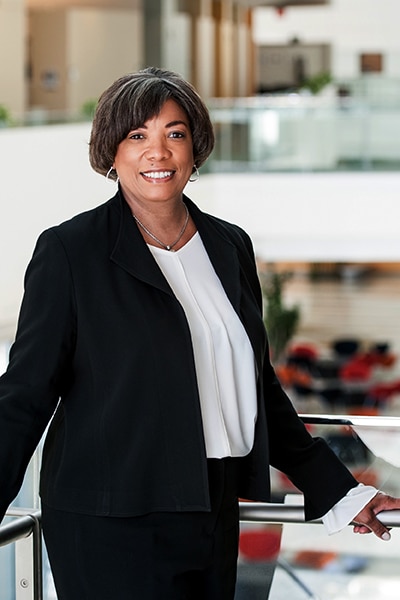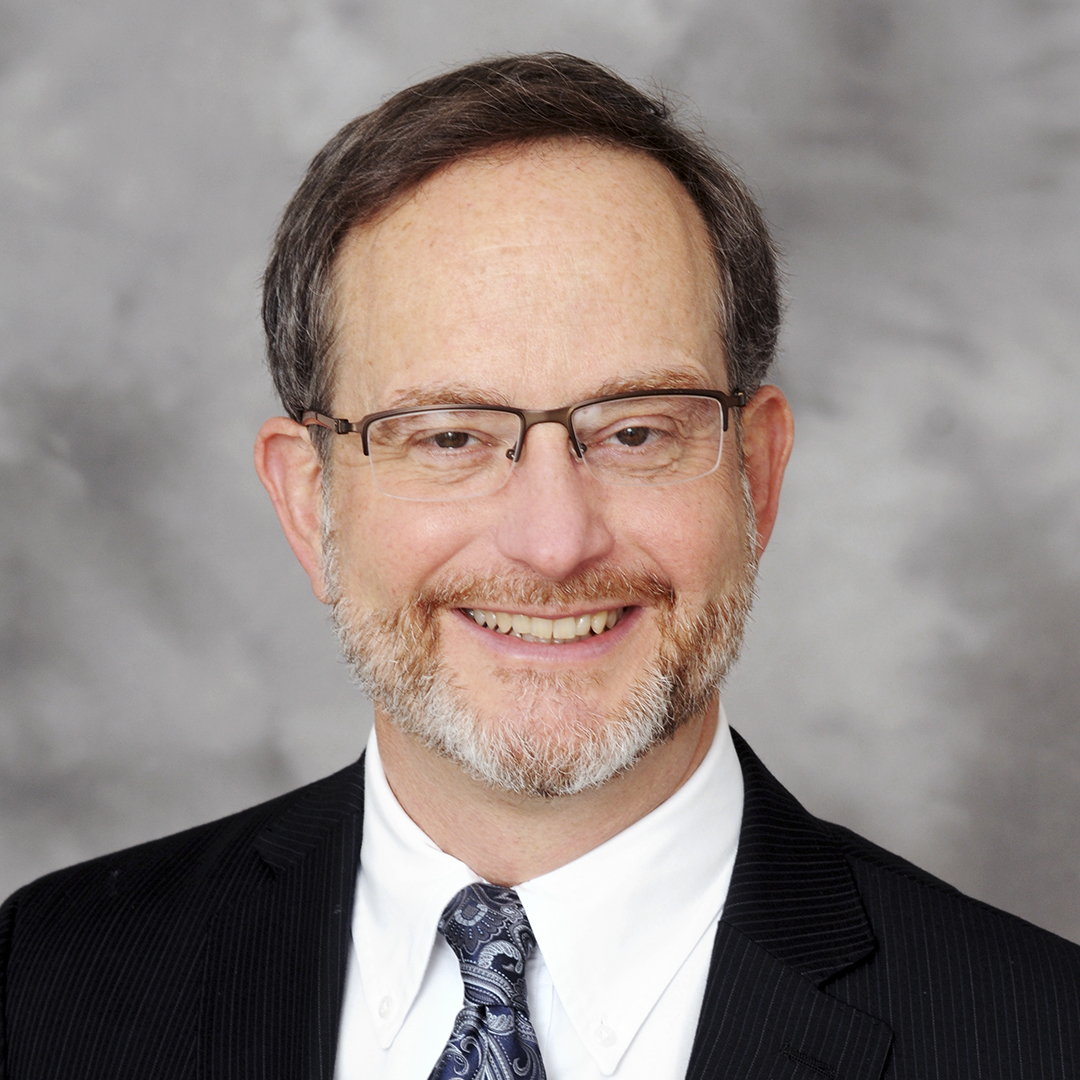If there’s any doubt that the University of Michigan has embraced a focus on its culture as it relates to leadership development, look no further than the work of Sonya Jacobs.
In any organization, retaining talent and developing the next generation of leaders is key to ensuring a prosperous future. But, consider Jacobs’s herculean task given the size of the University of Michigan and the stakes involved. Jacobs’ role as chief organizational learning officer consists of implementing processes that not only work across the board to develop leaders and retain talent but also serve an employee population with a massive healthcare presence, more than thirty thousand who reflect the diverse goals of a state school and has served the Michigan community since the 1800s.

To manage this, Jacobs says the key is ensuring everything that the university does when it comes to developing its people is reflected in four key pillars: diversity & inclusion, professional and career development, organizational leadership, and organizational development.
“One of the things I like to think about with respect to leadership is it’s not a one-time thing, it’s an ongoing journey,” Jacobs says. “We all need to be lifelong learners, and we have to provide the opportunities for those around us to grow and be developed. I do what I do because I have a phenomenal team around me. And, I believe that their development is so vital and their ability to work across an organization and grow only helps us grow.”
Jacobs first worked on developing the school’s leadership initiatives only for health system staff and faculty. Then, she began to work on them across the entire university. That led to a logistical challenge.
The two halves of the school used different software to track and deliver learning, among other major differences. But one recent initiative of Jacobs’s is to merge the two systems and unify the university’s learning management system for learning and development.
It’s not just about a unified set of tools. It’s about a university that is unified from the top down with a corporate culture that allows the entire organization to flourish.
That’s not easy with such vastly different goals among schools, colleges, departments, and units. “You do have competing priorities,” Jacobs said. “And, when you think about Michigan Medicine, we have a tripartite mission: research, patient care, education. My job is to help our leaders understand how we support those critical mission areas. That requires us to sometimes make some difficult decisions.”
Those include holding off on development projects or sunsetting a leadership program earlier than some would have liked.
That said, the core strategy remains the same for each member of their community, structured around Jacob’s 70-20-10 development strategy. Employees spend 70 percent of their leadership development time learning a new skill through experiential learning, 20 percent through mentoring and coaching, and 10 percent in a formal learning situation.
How does Jacobs track success? “I think about the metrics that are most important to our stakeholders—employee engagement, faculty satisfaction retention rates, and turnover rates—and helping people see how learning and development can impact those,” Jacobs said. “It’s really hard to measure our impact on patient outcomes. But what we can say is if were able to increase employee and faculty engagement, that should impact patient satisfaction.”
Still, Jacobs also knows that she needs to keep a finger on all the different pulses throughout the university and not rely solely on metrics. That’s why she sits on many different committees. As a result, her broad understanding of the school’s leadership and issues facing them are almost unparalleled.
“We all need to be lifelong learners, and we have to provide the opportunities for those around us to grow and be developed. … And, I believe that their development is so vital and their ability to work across an organization and grow only helps us grow.”
“How do we educate our leaders? It provides me the opportunity to learn and think about how we can support them from an organizational lens,” Jacobs says of the committees she sits on. “It increases my business acumen, and it allows me opportunities for alignment and synergy. Had I not had a place at the table, there could be duplication and missed opportunities. It allows me to advocate and focus on our greatest asset, which is our people, through development or change management.”
To that end, one of Jacobs’ greatest joys doesn’t always have the wide lens of organizational change. It’s an annual conference Jacobs started four years ago called the Leadership Summit for Women in Academic Medicine and Healthcare, which draws four hundred participants from all over the country.
“When you know you have an ability to impact the development of women to identify key competencies and skills that support their growth and development, provide a network for them to have really great relationships and be energized, it is inspiring,” Jacobs said.
She sees women grow and prosper, and that brings home what organizational change can mean. “It has a profound impact on me,” she said of the Summit. “You get a chance to help advance leaders in their careers.”
Blue Heron Talent (BHT) congratulates Sonya Jacobs, University of Michigan and Michigan Medicine. Sonya has responsibility for Executive/Leader Development, and she is a huge advocate for helping leaders become great leaders. We are pleased to partner with someone as committed as Sonya. BHT is a global Executive Coaching/Leadership Development firm.

